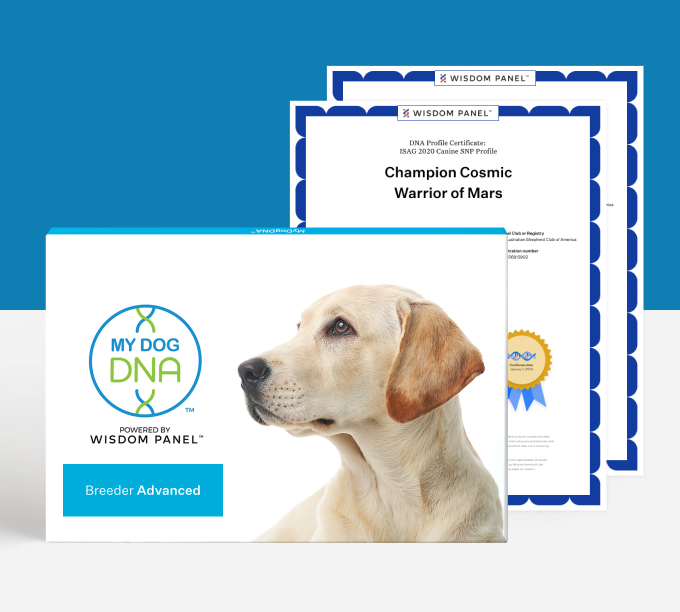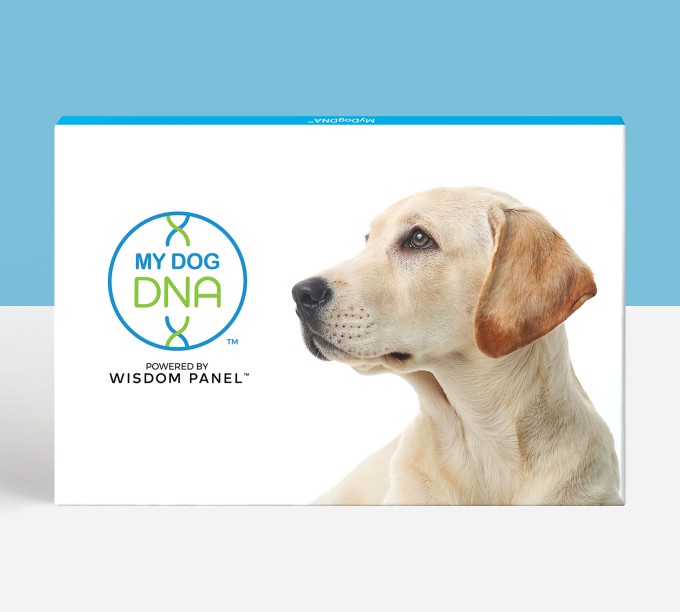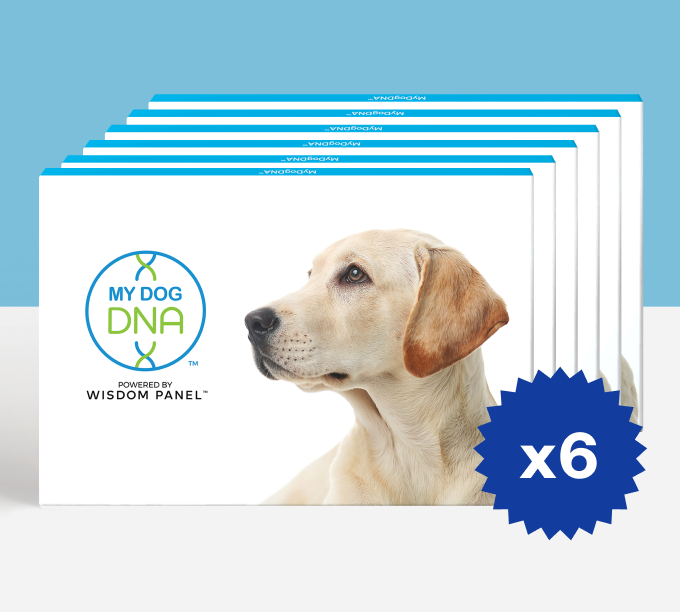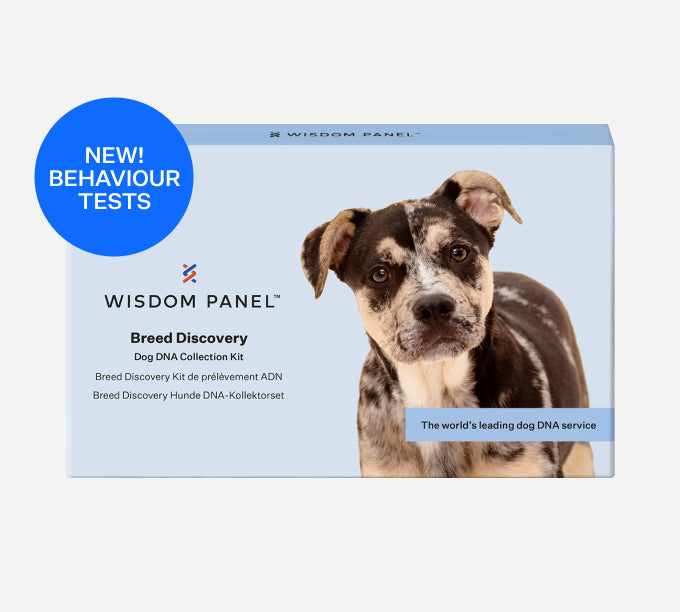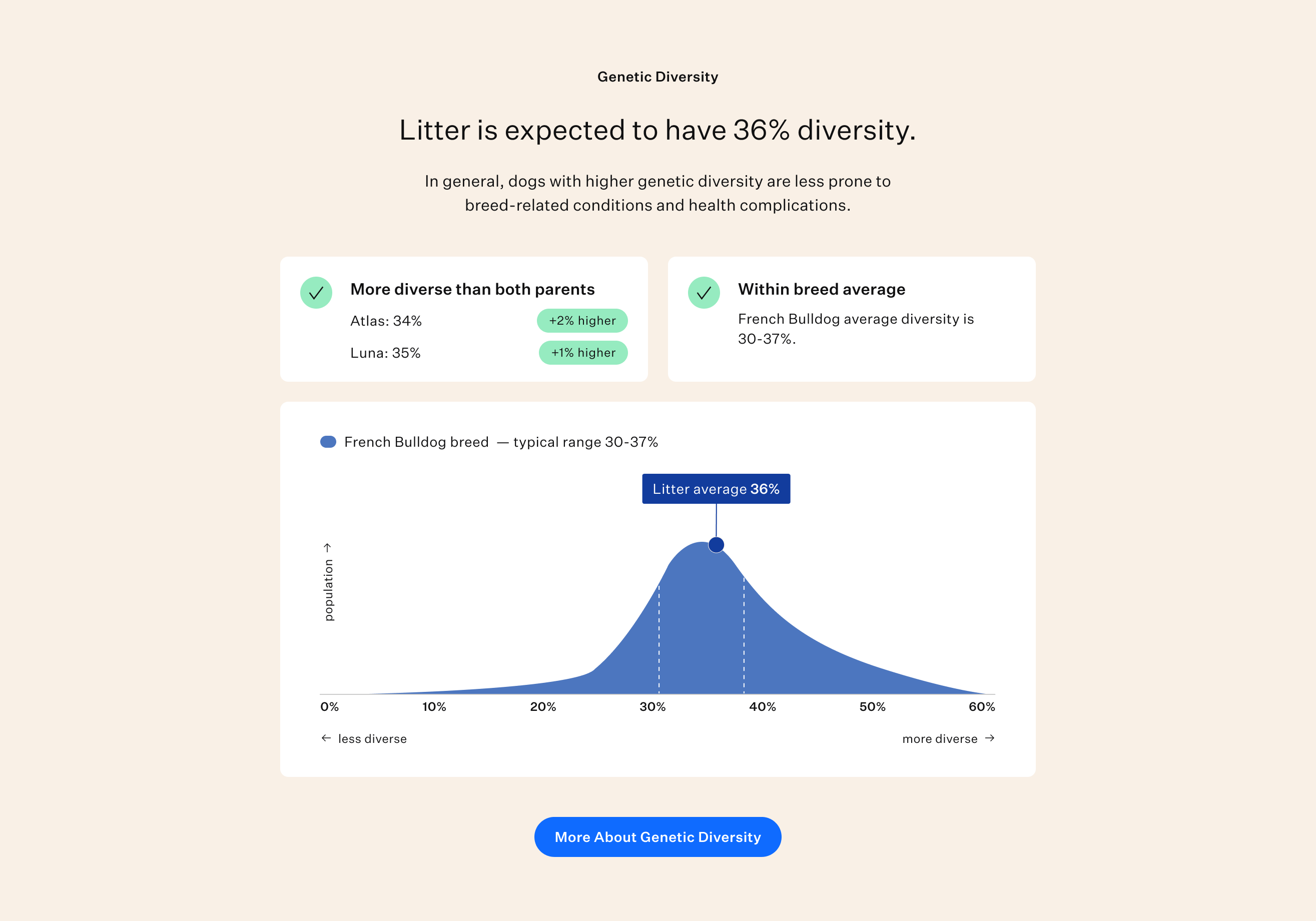Litter Predict is a powerful tool to help you plan your next litter. Not only will it help ensure the puppies are as healthy as possible and genetically resilient, but also a joy to behold. In this guide, we’ll cover how to interpret the three main sections of Litter Predict: Disorder Risks, Genetic Diversity, and Traits. We’ll also discuss how to determine how to pick the “best match” for you and your breeding program.
First steps
Every breeder’s ideal dog is different, so before using Litter Predict to decide on the parents of your next planned litter, you will need to determine your priorities so you can identify the weaker or stronger matches to meet your goals. Ask yourself the following questions:
-
How common are the known genetic disorders in my breed?
-
Does my breed have a small gene pool?
-
Are there colors or traits that I need to avoid in my breed (e.g. DQ colors or health risks)?
-
Are there colors or traits that I or my puppy buyers prefer?
-
What are my larger goals for preserving and improving my lines and my breed?
Wisdom Panel reports provide information to help in decision-making, such as what conditions are known in the breed and what are average or above-average diversity scores. A little homework will help answer the rest.

Genetic condition reporting
All dogs, regardless of breed, are screened for over 265 genetic conditions. However, we know not all conditions are medically significant in all breeds. That’s why known breed-relevant disorders are called out separately at the top. Some breeds have more than 10 known relevant conditions while others have none, usually because their genetic health has not been researched well. All tests performed on your dog are listed under “View All 265 Health Tests” for reference.
Other conditions
Any disease variants found that are not known breed-relevant conditions are listed under “Other Conditions.” These conditions may or may not cause disease in your breed. We recommend researching the details we provide on the condition by clicking at right to help guide your decision-making. If you want even more information about the condition, you can find additional details in individual reports under Health >> Read More About the Condition for that dog.

Risk breakdown
Genetic disorder risk is reported in three categories: at risk, carrier, or clear. These risk categories are based on the inheritance pattern of the condition, for example, dominant, recessive, or sex-linked, and what the parents were found to carry. We show disease risks for the predicted puppies as an example litter of four puppies, similar to modeling as a Punnett Square. Using the litter outcome shown above:
-
Red doggo: an estimated 25% of the puppies will have the at-risk genotype for this condition and may develop the disease in their lifetime. For dominant conditions, this means one or two copies of the disorder may be inherited, and for recessive conditions, two copies are likely to be inherited to be at-risk.
-
Yellow doggo: an estimated 50% of the puppies will be carriers. This color only appears for recessive conditions. Puppies themselves are not at-risk of the disease but can pass on disorder risk to their offspring.
-
Green doggo: an estimated 25% of the puppies will not inherit any copies of the condition, or they are “clear” for the variant.
-
Gray doggo: appears when one of the parents doesn’t have a result for the condition, so we can’t predict risk for the puppies. Usually this is because analysis was done before the disorder was added to breeder testing.

What to do if you have carrier or at-risk results
Genetic disease potential exists in all dogs, and 57% of dogs tested with Wisdom Panel have at least one disorder finding. Do not be alarmed if you see “reds and yellows” in your matches! In many cases, it is actually more responsible to use carriers in breeding in the short- to medium-term to preserve breed diversity, so don’t discard a match for a carrier result alone. Remember, you’re managing a population (a breed). A fear of using carriers, if applied by all breeders at once, may cause a serious genetic bottleneck.
To weigh your decision-making, you need to understand how common the disorder is in your breed, how serious the condition is, and how likely the condition is to occur (penetrance). Rare, serious, and highly likely conditions should be managed more stringently than mild or cosmetic conditions. For example, MDR1 Sensitivity doesn’t cause a problem unless the dog is treated with certain medications, so you may choose to mate dogs with an MDR1 positive to avoid producing puppies affected with say, an eye condition causing blindness. The disorder details pages will tell you more information about these questions. Recommended breeding goals are, in descending order of importance:
-
No at-risk puppies: produce puppies that are not at-risk of developing any diseases, if reasonable.
-
Decrease disorder frequency: a slow decrease in at-risk dogs in favor of carrier dogs is preferred for conditions that are extremely common in your breed, as producing zero-risk puppies is not possible without damaging breed diversity. Additional screening tools may help decide which at-risk dogs to use, e.g. spinal radiographs for high-CDDY frequency breeds.
-
Disorder extinction: when the disease frequency is adequately low in the breed, and diversity would not be harmed, you may begin preferring “clear” dogs for the condition to aim for extinction of the disorder.
The right course of action will depend on your breed and the disorder. For some real-life examples of matches and how you might rank them, watch our video tutorial. Read more about what to do with carriers here.

Genetic diversity
Genetic diversity is crucial to health and fertility. We measure diversity as the percentage of markers inherited from the sire and dam that differ (heterozygosity). The higher the estimated percentage diversity, the more diverse the puppies are likely to be. The predicted litter diversity is generated by comparing the parents’ markers pair-by-pair to estimate what the puppies are likely to inherit, rather than averaging the diversity scores of the parents. For more information about how we calculate genetic diversity and why it’s important, click “More About Genetic Diversity” from within Litter Predict.
Aim for matings that maintain or improve diversity generation-on-generation. Litter Predict provides several helpful indicators of genetic diversity that you can use to evaluate the merit of the match for diversity:
-
Overall litter diversity score – the higher this number, the more diverse the anticipated litter, regardless of breed. In our testing, the average across most pedigreed breeds is 33%, which equates to a 0.25 COI.
-
Diversity score compared to sire and dam – typical variance ranges from +/- 5%, larger positive scores are better
-
Diversity score compared to breed – some breeds have higher or lower average diversity ranges due to breed history, so context is important. See the graph for a unique map of the diversity distribution in your breed.
About the diversity graph
Each breed has its own distribution and range of diversity, displayed as the blue solid curve on the graph. The Y-axis indicates the number of dogs of that diversity percent, and the X-axis the diversity score, with more diverse dogs to the right of the curve. Breeds with a very consistent, narrow range of diversity will have a narrow-based, tall curve, whereas breeds with a wide range in genetic diversity, or even separate breeding types such as show and field styles, may have a very low, wide curve, or even a curve with multiple peaks representing different breeding populations. The dotted lines on the graph indicate the 10th percentile and 90th percentile of diversities for the breed, so if you have a litter projected to fall to the right of the second dotted line, you have a winner for diversity!
Note: If your match shows “All Purebreds” rather than your breed, we have not received enough samples to generate a breed-specific range. Contact our breeder team if you’re interested in a research project to get this updated.
What defines a “good match” for diversity?
There is no hard line at which diversity becomes “good.” Rather, it’s about trending in the right direction and always judging your progress within the context of your breed. A “good” diversity score for a rare breed might be significantly lower than for a common, popular breed. For reference, 33.1% diversity in our testing was found in a 2021 study to equate to a 0.25 COI, or the equivalent of a sibling-sibling mating. Aim to have your litters consistently fall to the right of the curve for your breed. Plan to track your breeding program’s diversity scores and pat yourself on the back if you see those numbers growing with each generation. Your dogs, and their owners, will thank you when dogs have longer life, larger litters, and less genetic disease on average.

Trait predictions
With Litter Predict’s trait forecasting you can quickly navigate to the coat colors and patterns, coat types, or other features that are important for you. Use the toggle at the top to navigate between 50+ different traits, and quickly spot which matings are likely to produce what you want, or to avoid the traits you don’t, like double merle or improper coat type.
Trait genes with multiple variants are summarized by locus, with both images and classical allele designations for the predicted outcomes. To learn more about how various trait genes interact, click on the More About Traits button or visit here.
For color predictions, we recommend you start by reviewing Agouti, Extension, and Dominant Black results, as those will tell you foundational information about the basic color and pattern for your litter. Coat Modifiers and Coat Patterns tell you about the particular shades of dark and red pigments you’re likely to get, and if there are white spotting patterns like merle or piebald, for example. Traits for which you’re unlikely to see a change (“no effect” outcomes), will be blank, and the allele name may be listed as wild type, or “wt.”

Reading litter genotype
The litter genotype will show the breakdown of the estimated percentages of puppies that will inherit that particular genotype combination. Outcomes are listed in three ways:
-
Physical appearance (phenotype) image: this is how the trait will likely look. Keep in mind that other trait genes may suppress or modify the expression of this trait.
-
Alleles inherited (genotype): more than one combination of alleles may produce a given phenotype, so you may see the same color image repeated, but with different allele genotypes listed. Genotype is important to know for the trait potential of that dog’s offspring.
-
Trait name (phenotype) statement: the name of the particular trait, and its likelihood of being expressed.
As a rule of thumb, if you pair two dogs that are carriers for a recessive trait, you’re likely to see about 25% of the offspring in the litter with that trait, barring other trait interactions. Knowing what’s likely – and what’s not – will help you plan and provide counseling to other puppy buyers and other breeders if they’re looking for certain traits in the dogs they acquire from you.
Note: Certain traits have health implications, so you may see flags associated with certain trait combinations. If you’re not sure, we provide details under the trait information in the individual dog’s report.
Conclusion
By starting with a clear understanding of your goals for your breeding program within the context of your breed’s genetic health, Litter Predict allows you to easily spot the best pairings from among your dogs and those shared with you via Breeder Access. Each breed is unique and calls for a sensitive approach to prioritization of specific genetic disorders, diversity preservation, and trait selection. Litter Predict brings all of this information together to ease the difficult process of choosing for the next generation of purebred dogs.

